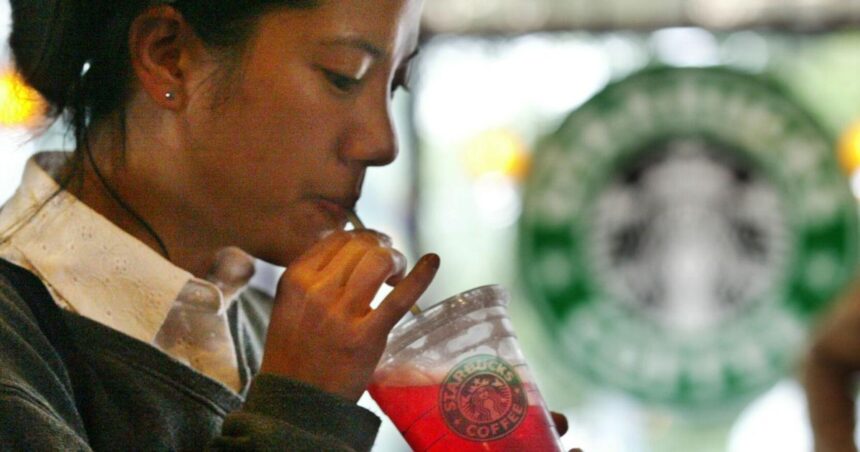Years ago, some people would spend hours at Starbucks. Today, it’s a takeout counter. At many Starbucks locations, you’re lucky to find anyone sitting down.
Under Howard Schultz, Starbucks’ longtime leader, cafes were positioned as a “third place” between work and home, where people could linger for hours on plush purple armchairs, socialize and connect.
“If you look at the landscape of retail and restaurants in America, there is such a fracturing of places where people meet,” Schultz said in a 1995 profile of Starbucks for an industry publication. “There’s nowhere for people to go. So we created a place where people can feel comfortable.”
The idea of Starbucks as a third place became part of its corporate mythology. Starbucks aimed to create a welcoming environment for coffee drinkers and employees with comfortable seating, jazz music, and the aroma of freshly brewed coffee. Employees who brewed and served Starbucks coffee, whom Starbucks called baristas, hand-wrote customers’ names on their drink orders.
People are also reading…
By the time Michelle Eisen joined Starbucks in 2010 as an employee in Buffalo, New York, her store was always packed during the holidays with people meeting friends and family. She witnessed first dates and helped a customer propose to his spouse, writing “will you marry me?” on a cup.






